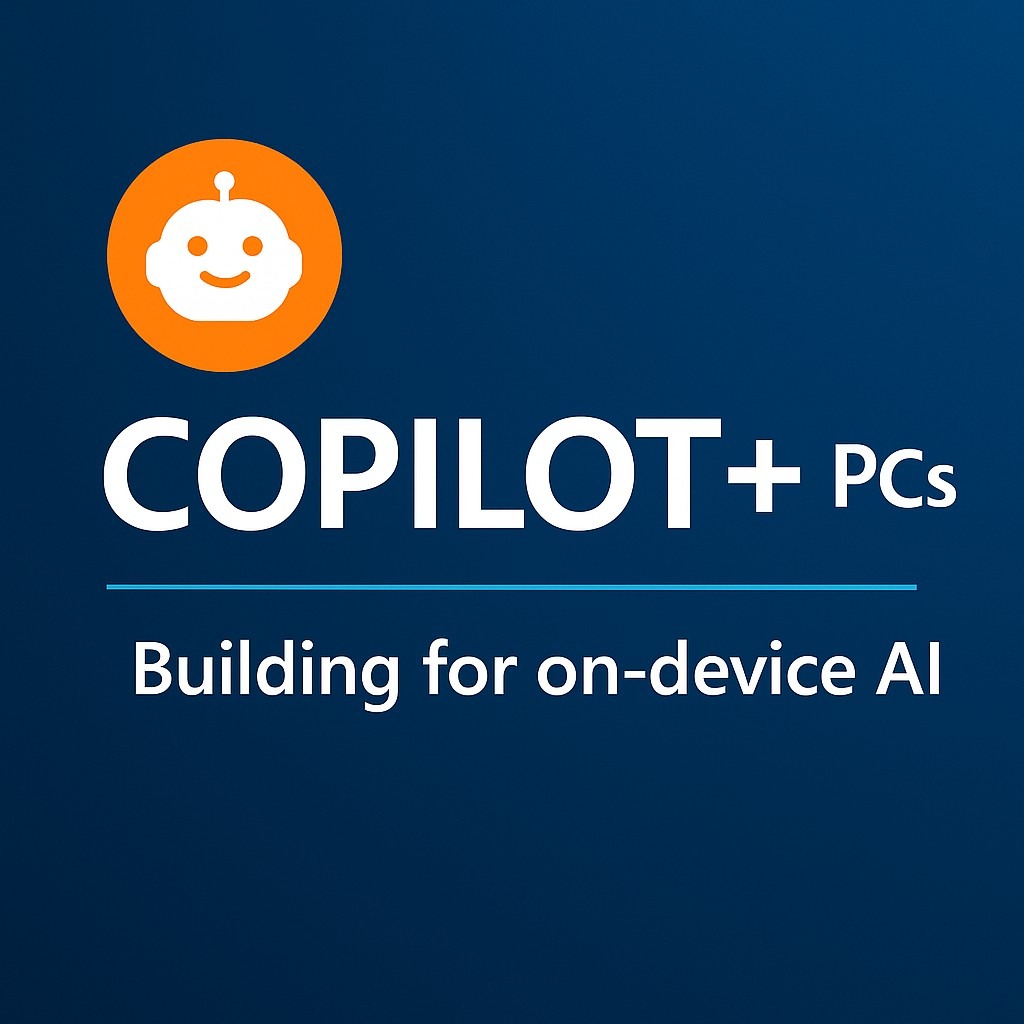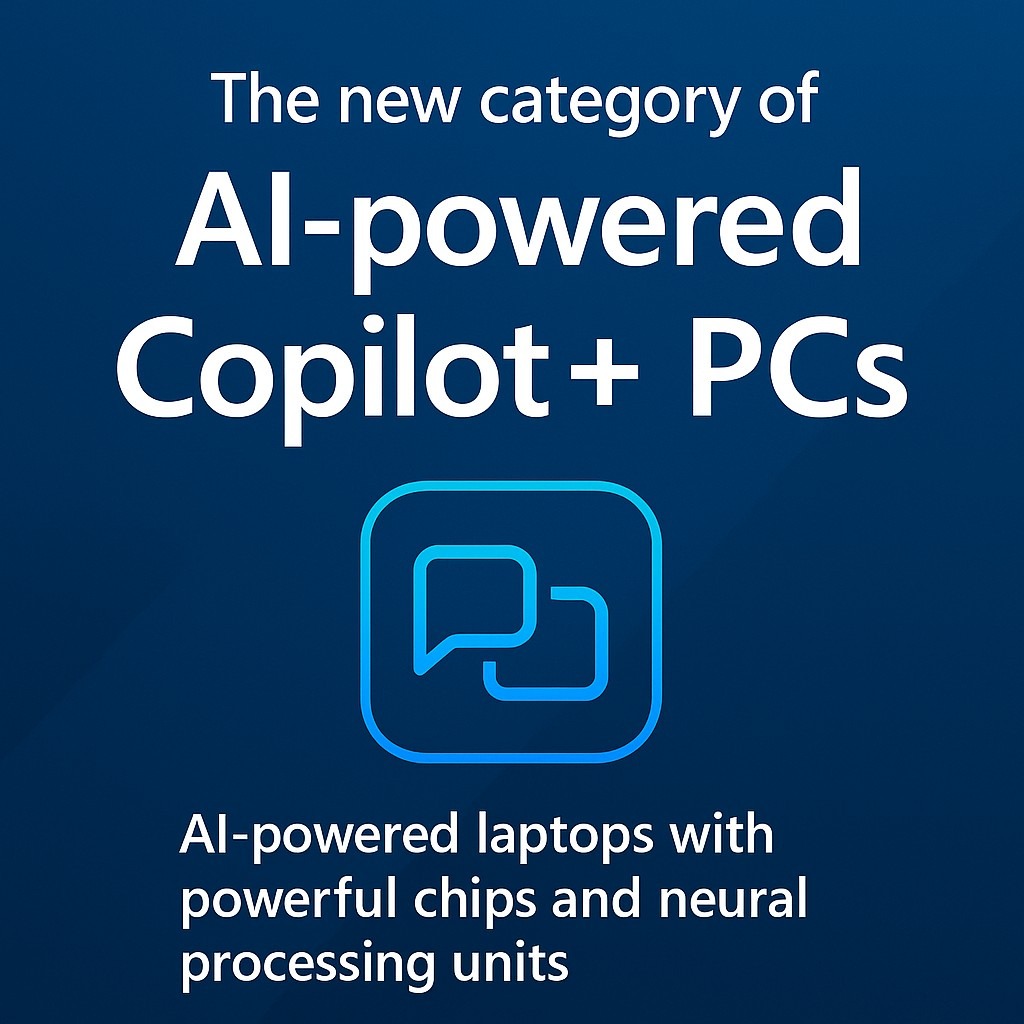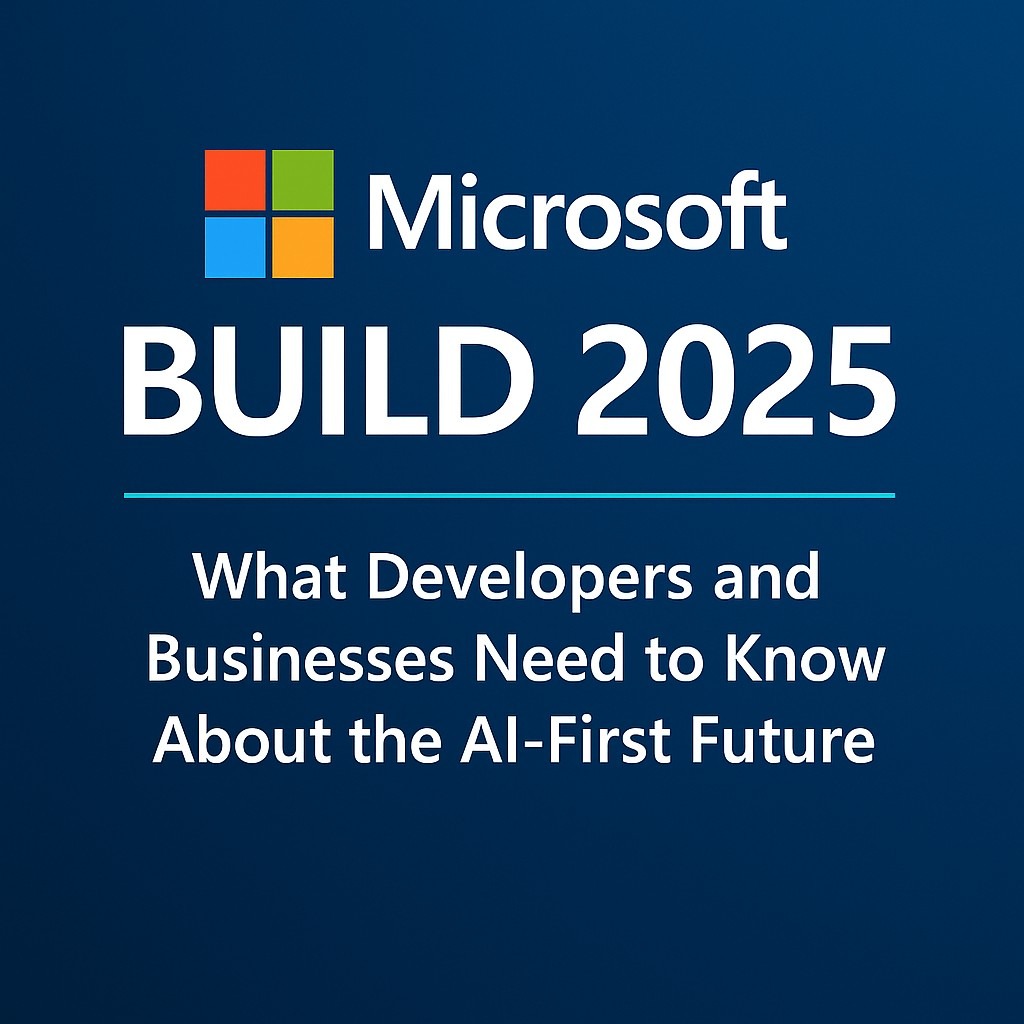Microsoft Build 2025 kicked off today in Seattle with a clear message: the future is AI-first. As expected, Microsoft used its flagship developer conference to unveil powerful new tools, platforms, and updates focused on integrating artificial intelligence across its ecosystem.
Whether you’re a developer, tech leader, or business owner, here’s what you need to know.
1. Copilot+ PCs Take Center Stage
One of the biggest announcements was the launch of Copilot+ PCs, Microsoft’s AI-powered laptops. These devices are designed to run AI workloads directly on the device, using advanced chips and neural processing units (NPUs).
As a result, users can now experience real-time AI assistance without needing to connect to the cloud. This shift enhances privacy, speed, and reliability for AI-driven applications.
For developers, this means one thing: it’s time to build for on-device AI.
2. Windows Gets Smarter with AI Features
Along with new hardware, Microsoft also introduced AI updates to Windows 11. These include features like Recall, which uses local AI to help users search their digital history across apps, documents, and browser tabs.
This update will likely change how people work and organize digital information. Developers should start thinking about how their apps can integrate or take advantage of these new OS-level AI functions.
3. New Tools for Building AI Apps Faster
Microsoft announced major upgrades to Azure AI Studio, making it easier to build, train, and deploy generative AI models. The platform now offers more pre-built templates and access to powerful open models.
Additionally, Microsoft revealed tighter integrations with OpenAI’s GPT-4 and Phi-3, Microsoft’s own small language model. These tools are optimized for real-time performance and enterprise use cases.
If your app or service uses AI, these updates can significantly cut development time and costs.
4. GitHub Copilot Gets Smarter (Again)
The popular GitHub Copilot is also getting a boost. Now called Copilot Workspace, it helps developers plan, code, and debug entire features—contextually.
Instead of just completing code, Copilot can now help you set up full project tasks, improving efficiency across teams. This deeper AI integration in the development lifecycle is something companies can’t afford to ignore.

5. Microsoft Fabric and Real-Time Analytics
On the data side, Microsoft expanded Fabric, its integrated analytics platform. This now includes Real-Time Intelligence, which helps businesses analyze live data streams and detect anomalies instantly.
This move strengthens Microsoft’s position in the data and analytics market. Businesses looking to improve decision-making with live data should take note.
Why This All Matters
Microsoft is not just adding AI features; it’s rebuilding its tools and platforms around AI. That means developers must adapt quickly. Those who leverage these tools now will have a competitive edge.
More importantly, Microsoft is betting on hybrid AI—where some processes happen locally and others in the cloud. This could reduce reliance on internet bandwidth and enhance app responsiveness.
What to Do Next
If you’re a developer, start testing your projects on Copilot+ PCs or in Azure AI Studio. If you’re a business owner, assess how AI integrations can streamline your operations or boost productivity.
You can catch the Build 2025 keynote replay and full sessions on Microsoft’s official site.
Final Thoughts
Microsoft Build 2025 makes one thing clear: AI is no longer optional. It’s the core of every tool, service, and platform they offer. Whether you’re coding apps or leading a company, now is the time to embrace this shift—or risk falling behind.
Want to stay updated on the latest AI and developer news? Subscribe to our newsletter and get weekly insights straight to your inbox.


